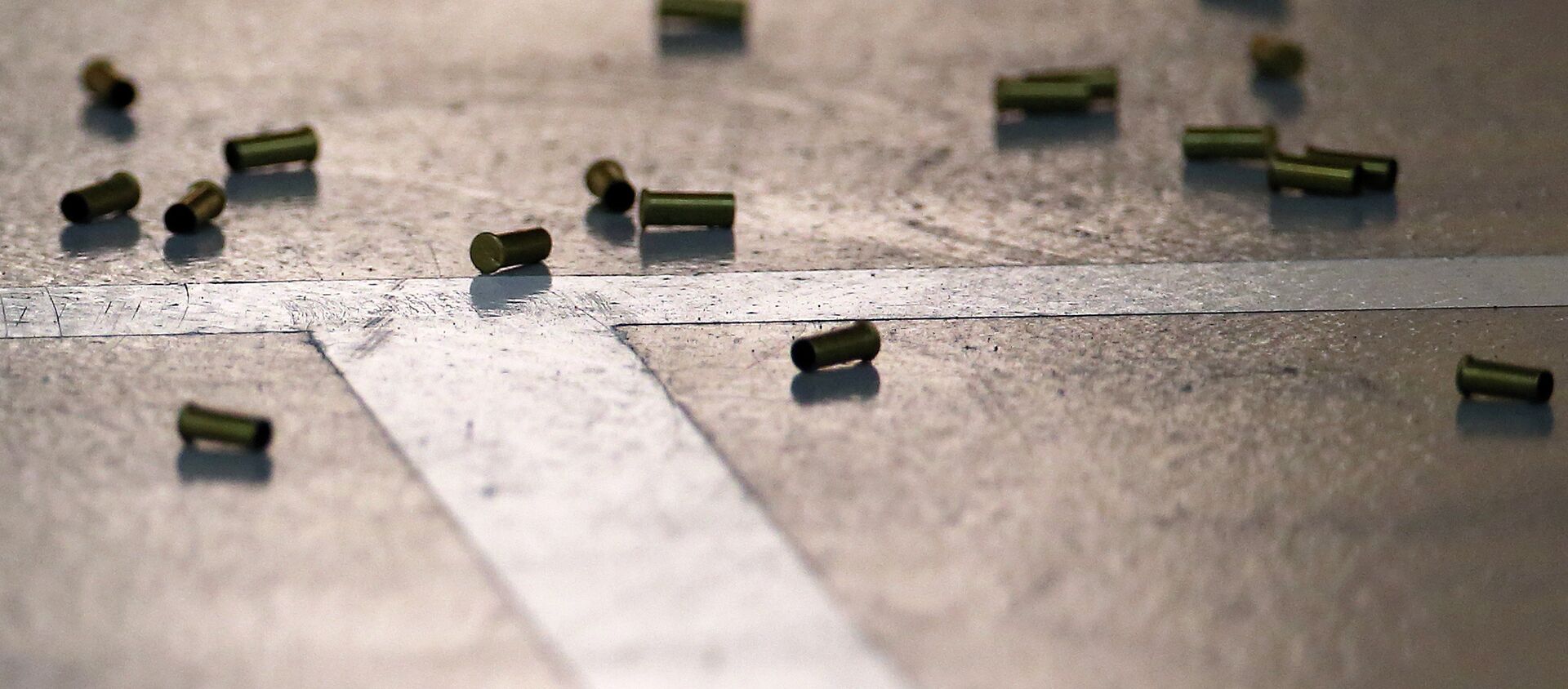"There was a resurgence of executions on the national level, even as executions in the states and public support decreased", Haney, senior counsel at Dream Corps and national policy director with Reform Alliance, said. "[Now] it’s shifting in the states... [where] they are modeling the system after the most barbaric and rejected practices."
Arizona's plan to revive the gas chamber is one example of a method that is "undeniably barbaric and completely cruel."
"To consciously choose to adopt this method is horrible", she added. "The last time they [Arizona] had an execution was in 1999. It was a horrifically excruciating execution", Haney said. "The man they were executing took 18 minutes to die."
She also pointed out that Arizona spent $2,000 to get the ingredients needed to operate the gas chamber.
"Frankly, pharmaceutical companies are saying they don’t want their drugs to be used. How badly do governments want to kill their people?" Haney said.
She said its important to conceptualise "what’s been happening in the country… it’s happening within the context of executions at the federal level."
Months before he lost his re-election effort in 2020, Haney said, former President Donald Trump initiated "a frenzy of executions" with more people put to death in one year since 1896. This included the first woman and the youngest person executed in nearly 7 decades, she said.
"The Trump administration did it in a boisterous, loud way while doing it during lame duck period. [President Joe] Biden ran on getting rid of the death penalty. If Lisa Montgomery’s execution was delayed by a few weeks, she’d be alive", Haney said.
Haney also said despite compelling information compiled by the NAACP about the discriminatory and racist nature of capital punishment and the death penalty, it was essentially ignored by the US Supreme Court, state lawmakers and those in a position to address and correct these issues.
"Since 1973, 290 people have been executed and between 2009-2018, 73 have been put to death but the number of people of color who were executed rose from 51 percent to 75 percent," Haney said. "They may be sentencing fewer people to death but we’re continuing to see the roots and legacy of lynching, racism, etc."
She described the application of capital punishment as arbitrary and capricious. While the powers-that-be are modeling the system after the most barbaric and rejected practices, Haney said she hopes to see real change as more people "become more aware of the mitigation, people’s social history and trauma and the humanizing of people."
"Then we can move away from the idea that we get more justice from punishment. The death penalty does not in any way equate to justice. It just creates more trauma, more pain, more hurt," Haney concluded.


